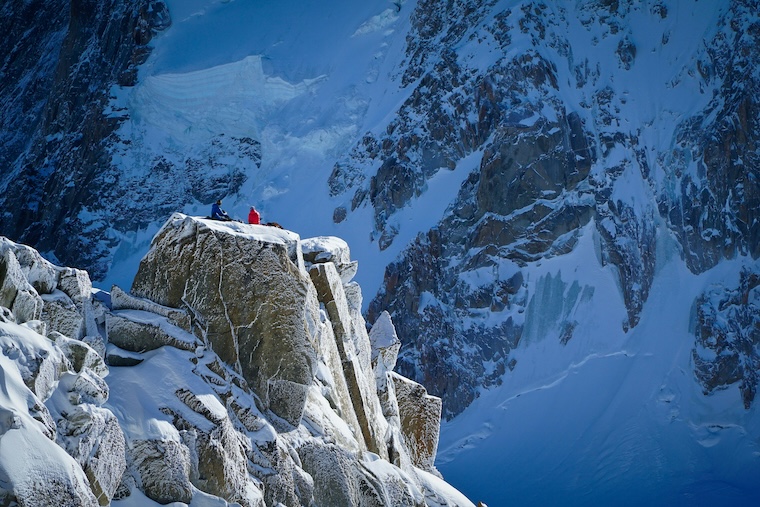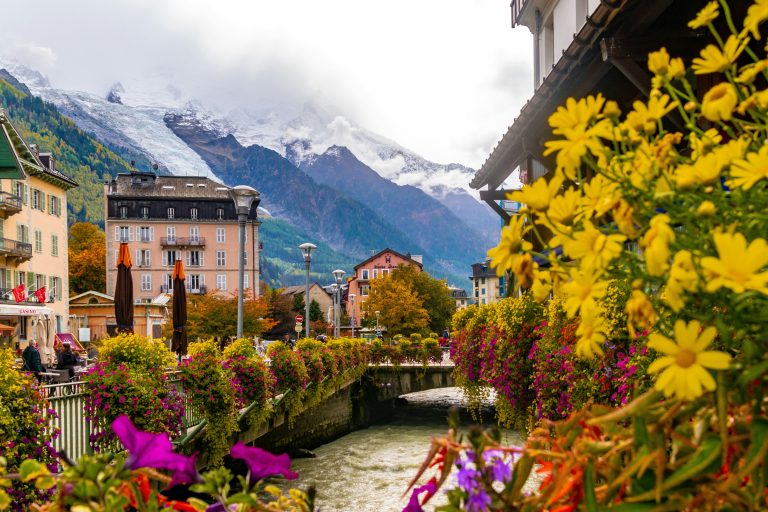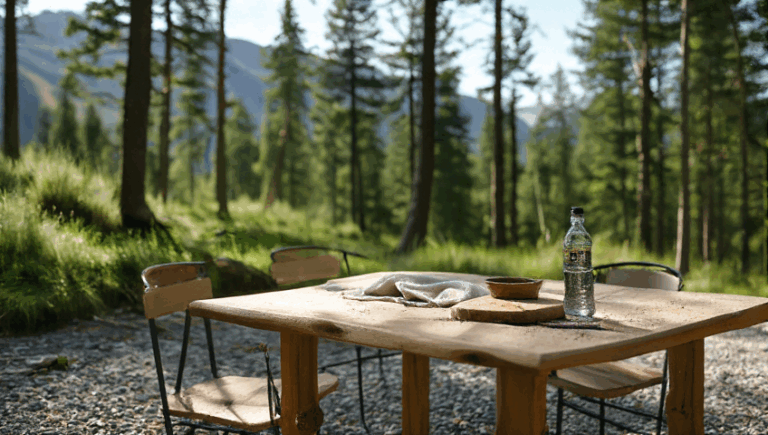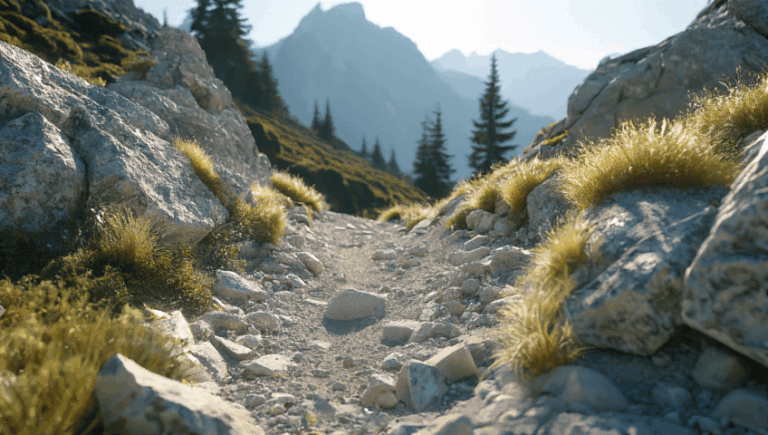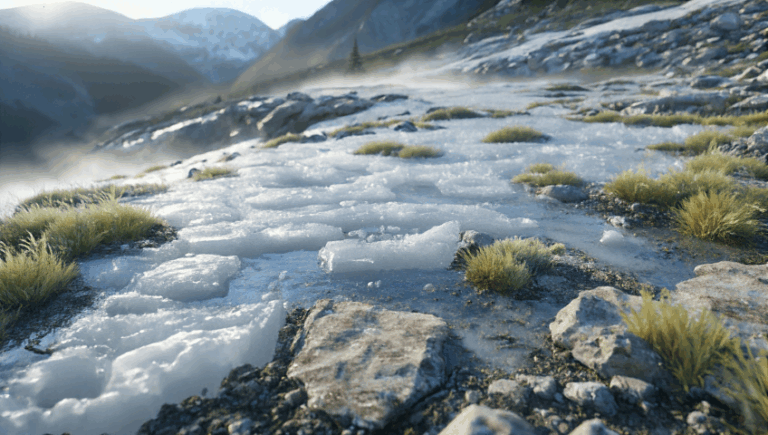Chamonix transforms into a snowy paradise during the winter months. From December to March, this iconic mountain town offers breathtaking alpine landscapes, world-class skiing, and a lively winter atmosphere.
Understanding Chamonix’s weather and climate is essential for making the most of your trip. Whether you’re planning a skiing adventure, a snowy hike, or simply looking to relax and enjoy the views of the Mont Blanc massif, knowing what to expect from the winter season will help you prepare for every adventure.
Table of Contents
What are the typical weather conditions in Chamonix in winter?
Chamonix experiences a continental climate with cold, snowy winters. The combination of altitude and mountain geography means conditions can vary significantly between the valley floor and higher elevations.
- Temperatures: In winter, average temperatures range from -5°C to 5°C (23°F to 41°F), with colder conditions at higher altitudes.
- Snowfall: Heavy snowfall is common from December to March, with thick snow cover on the slopes and peaks of the Mont Blanc region.
- Cloud cover: The weather can change rapidly, with clear, sunny mornings often giving way to clouds or snowfall by the afternoon.
- Wind speed: Higher elevations, such as the summit of Mont Blanc or grands montets, can experience strong winds, which can make it feel significantly colder.
At lower altitudes, especially in the chamonix valley, the weather tends to be milder but still cold, with regular snowy days and occasional sunny breaks offering stunning alpine views.
How cold does it get in Chamonix?
Chamonix winters are known for their chilly temperatures, especially at higher elevations. The coldest months are typically January and February, when temperatures can drop significantly.
- Average temperatures: In the valley, temperatures usually range from -5°C to 5°C (23°F to 41°F). Higher altitudes, like the grands montets or aiguille du midi, often experience temperatures as low as -15°C (5°F) or colder.
- Coldest periods: Early mornings and late nights are the coldest times of day, with the risk of temperatures dropping below -10°C (14°F) in the valley.
- Wind chill: At higher elevations, strong wind speed can cause the temperature to feel much colder than it actually is, especially near the summit of Mont Blanc.
- Freezing conditions: During particularly cold spells, even daytime temperatures can remain below freezing, especially in December and January.
Despite the cold, clear sunny days are common in winter, offering spectacular views of the Mont Blanc massif and making outdoor activities even more enjoyable.
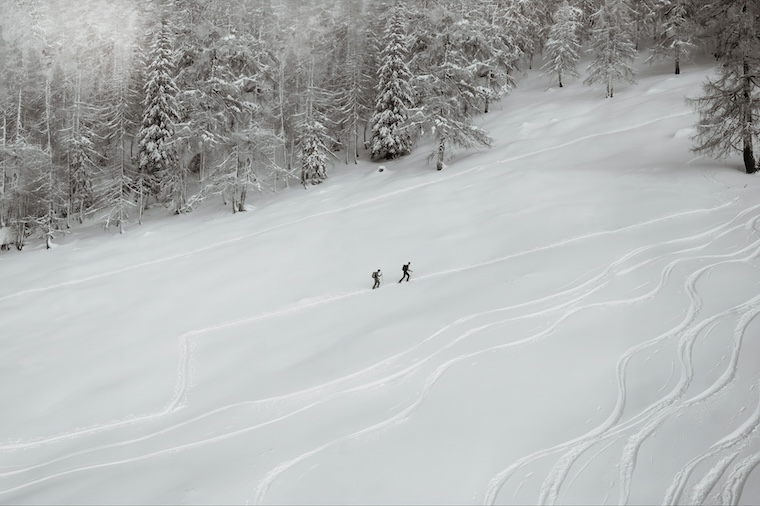
Snow conditions and precipitation in winter
Chamonix is renowned for its excellent snow conditions, making it a top destination for skiing and other winter sports. From December to March, snowfall is frequent, and the valley transforms into a snowy paradise.
- Snowfall: The area typically receives heavy snowfall, with an average precipitation of 80-100 mm per month during peak winter.
- Snow cover: At higher elevations, such as grands montets and aiguille du midi, snow depth can reach over 2 meters, offering perfect conditions for skiing and snowboarding.
- Snowy days: On average, there are 10-15 snowy days per month in winter, with frequent fresh powder on the slopes.
- Altitude impact: Snow coverage is more consistent at higher altitudes, while the valley floor may experience occasional rain or melting snow, especially later in the season.
The snow typically remains excellent until March, offering ideal conditions for both beginners and expert skiers. Checking the weather forecast and current snow conditions before your trip is essential for the best experience.
What activities can I do in winter?
Chamonix is a paradise for winter sports enthusiasts and offers plenty of activities beyond skiing. Whether you’re seeking adventure or relaxation, there’s something for everyone during the winter season.
Outdoor activities
- Skiing and snowboarding: Explore world-class slopes at Grands Montets, Brévent-Flégère, and Les Houches, offering varied terrain for all skill levels.
- Freeride and ski touring: Experience off-piste skiing on the legendary Vallée Blanche or embark on guided ski touring adventures.
- Snowshoeing: Discover scenic trails around the Chamonix valley for peaceful walks through snow-covered landscapes.
- Ice climbing: Climb frozen waterfalls with expert guides—an unforgettable alpine adventure.
- Paragliding: For thrill-seekers, winter flights offer breathtaking views of the Mont Blanc massif.
Non-skiing experiences
- Aiguille du Midi cable car: Ride up to 3,842 meters for panoramic views and step into the thrilling glass box at Step into the Void.
- Montenvers Mer de Glace: Take the scenic train ride to visit the iconic glacier and explore the impressive ice cave.
- Relaxation and wellness: Enjoy luxury spas with saunas, hammams, and heated pools overlooking the mountains.
- Cultural visits: Explore museums like the Alpine Museum or local artisan markets in the chamonix town centre.
Chamonix’s winter offerings blend adrenaline-fueled adventure with moments of relaxation, making it a versatile destination for every type of traveler.
How to prepare for Chamonix winter weather?
To make the most of your winter adventure in Chamonix, it’s essential to be well-prepared for the cold, changing conditions, and high-altitude environment. Here are some key tips to ensure a safe and comfortable trip.
Essential clothing and gear
- Layer up: Wear a thermal base layer, an insulating mid-layer, and a waterproof outer layer to adapt to varying temperatures.
- Winter accessories: Bring gloves, a warm hat, neck gaiter, and thermal socks to protect against the cold.
- Proper footwear: Insulated, waterproof boots are essential for navigating snowy streets and trails.
- Ski gear: If skiing or snowboarding, ensure you have high-quality equipment and proper safety gear, including a helmet and goggles.
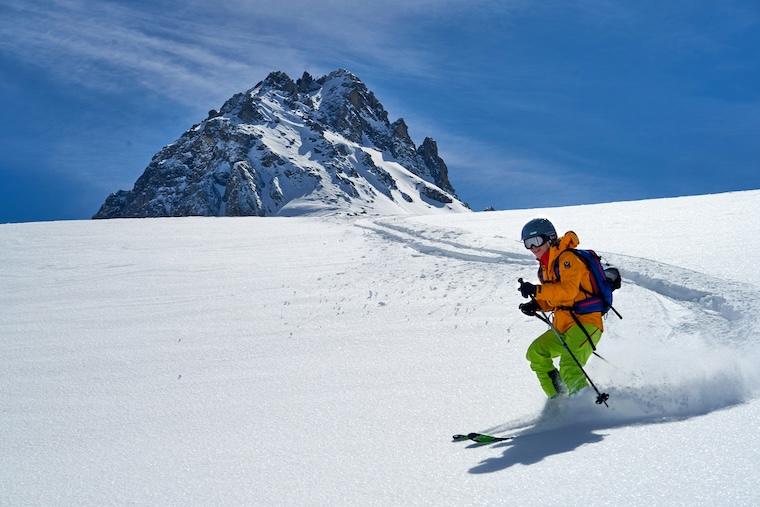
Safety tips for extreme cold
- Check the weather forecast: Use reliable sources like Chamonix Météo for accurate updates on conditions and potential snowfall.
- Stay hydrated: High altitudes can cause dehydration faster than at sea level—drink plenty of water.
- Protect against frostbite: Apply sunscreen and lip balm to exposed skin and avoid prolonged exposure to extreme cold.
Practical travel advice
- Plan for transportation: Snow can affect travel times, so allow extra time for getting around and consider using public transport within Chamonix.
- Stay informed: Check current weather conditions, snow cover, and potential avalanche risks before heading to higher altitudes.
- Book in advance: During peak winter months, book accommodations, lift passes, and ski rentals ahead of time to avoid last-minute stress.
By preparing for Chamonix’s winter weather, you’ll be ready to enjoy every moment of your alpine adventure safely and comfortably.
Conclusion
Chamonix in winter is a magical destination that combines breathtaking alpine scenery with thrilling outdoor adventures. From skiing on world-renowned slopes to exploring ice caves and enjoying cozy moments in charming mountain cafés, the town offers something for every traveler.
Understanding the local weather and climate is essential for making the most of your trip. Whether you’re planning a short getaway or an extended winter holiday, being prepared for the snow conditions, temperatures, and changing weather will help you fully enjoy your time in the Mont Blanc region.
With the right planning and preparation, your winter escape in Chamonix promises unforgettable memories amidst the stunning beauty of the French Alps.
